The process of performance design is perhaps the most fascinating and attractive activity in the whole theatrical business! What is real happiness is to watch and take part in the extraordinary action of making the performance using hand-made materials.
The path of happiness is complex and thorny. The play is made by difficulties overcoming which often takes a lot of effort, time and nerves. Is there a way to make it easier? How should one reduce costs and save money which is so much needed to theater? We have tried to answer these questions and use modern technology to creat a theatrical performance!
Currently, the technical department of the Bolshoi Theatre is developing unique process of play visualisation.This long-term project took us 6 years.
We've been looking for the software that would fully satisfy our needs. Finally, we realized that there is only one way out for us to modify the software available on the market under our theater needs. "SIM" and "LightConverse" companies went to meet us, and as a result of joint efforts and under the competent leadership of the Deputy General Director of the Bolshoi Theatre of Russia, Honored Art Worker of Andrei Nikolaevich Pronichev, we got hardware-and-software complex for performance visualization of the Bolshoi Theatre performances (APKV).
During the project production our main goals were:
1. preview the results of future productions in 3D scenes for collaboration light, stage mechanics, video. It is a good result for the discussion of creative ideas of the artist.
2. detect and eliminate technological errors at an early stage.
3. win the time, as the scores can be written in the remote control long before the start of rehearsals.
4. pre-programme, to rehearse transitions between patterns in music.
5. make a marketing tool technology demonstration theater.
6. create a simulator for training. Operators consoles around the world, videos and stage mechanics can improve their skills without risk and with a considerable saving of energy.
7. male a tool to facilitate the performance of technology transfer to another scene or training tour.
8. have a graphical solution to problems on the optimal location of video projectors, lighting and sound equipment.
9. have a possibility for choosing the best location for the TV cameras, camera angle shooting.
10. solve problems on direction and light-forwarding.
This was the set of functions we were trying to make. In the future, we just improved functional software.
Now we have a unique opportunity to test it and to verify all our ideas in 3D scenes. After the acceptance of the performance plan all the drawings (if available) are transmitted to visualization department and the 3D modeling process begins. It should be noted that the 3D modeling of the scenery is one of the most intensive processes in the imaging performance. Here it is necessary to take into account all the wishes of the artist and set designer, the percentage of "hits" in the vision of the production group at this stage is very important.
After modeling the fun begins which is the alignment of the sets and the characters on the pictures. The director and the artist with the help of the visualization operator creates a performance in the virtual space of the stage, while there is the process of manufacturing and purchasing the material processing performance in order to save precious time stage.
Work on honing a particular staging or effects may last till the dress rehearsal. To save time, the data was collected during a virtual rehearsal, recorded in the control panel.
Despite the novelty, performances visualization system has already participated in several complex projects, such as performances of "Manon Lescaut" and "La Damnation de Faust." The results surprised to be effective, so you should tell more about them.
When "Damnation of Faust" was being created we faced several challenges. "Faust" was originally conceived as a technically complex project that uses the most advanced technology. First of all, it was a video projection. The play used video projection in huge quantities and not only in the background, but in the foreground, requiring precise projectors forwarding and time synchronization. In addition, 3D-mapping was also used which further tightened the requirements for projection. The volume of material design in the play itself which was very large and had a great length of video content, so fine-tuned without moving scenery and 3D-projection would simply overlap them.
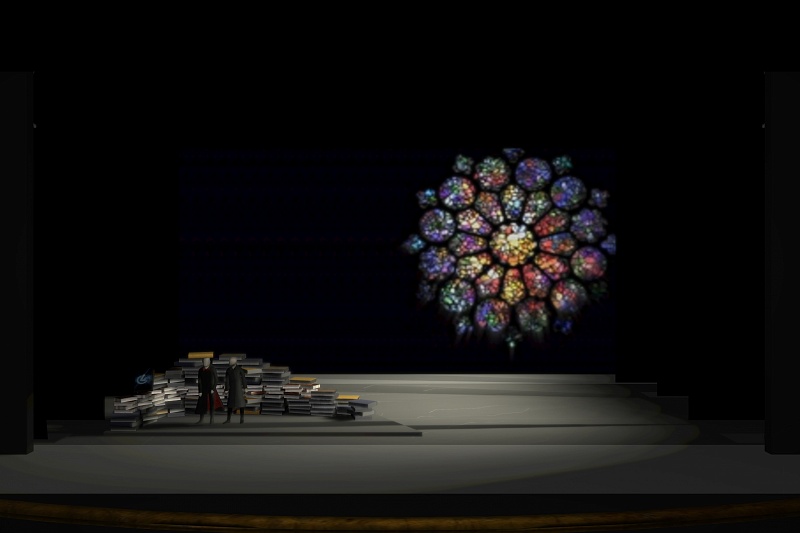
All this huge work was carried out with the help of hardware and software imaging performances. According to the drawings of engineering visualization department 3D-model were made very accurately. Textures for them were taken from the layout of the play, so the appearance of the decorations on the stage turned out exactly as it was intended by the designer. Spreading the scenery inside the 3D-model of the scene (which, of course, also made according to the drawings) we got a physically accurate model of the future performance. Then it was about the projection visualize complex which used special tools for precise work with the projection, just take into account the specific parameters of the projector (lens data, power, etc.). With these funds, we were able to place the projectors in the space of the hall and accurately calculate the movement of all decorations before the start of their production.
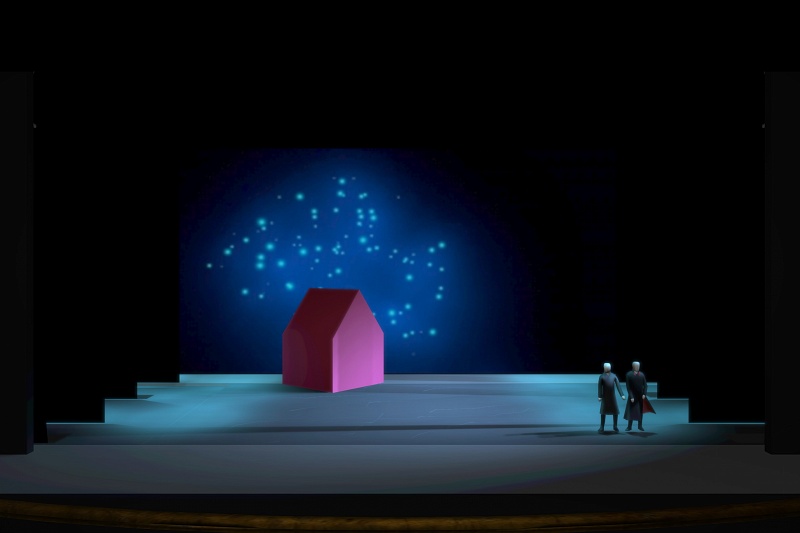
Unique visualization of the complex also allowed accurately synchronizing the movement of scenery with the music. Before staging group originated a difficult task: the Mephistopheles’ horse and Faust's horses had to fly over the whole space of the stage and down into the failure of the exact final aria. Here we especially want to be able to change the configuration flexibility. Connecting special devices to the complex allows working with timecode. We have placed the key point in the music, which served then the key points to animate the movement of horses. Ferdinand Vogebauer, "Damnation of Faust" designer praised the results of the work.
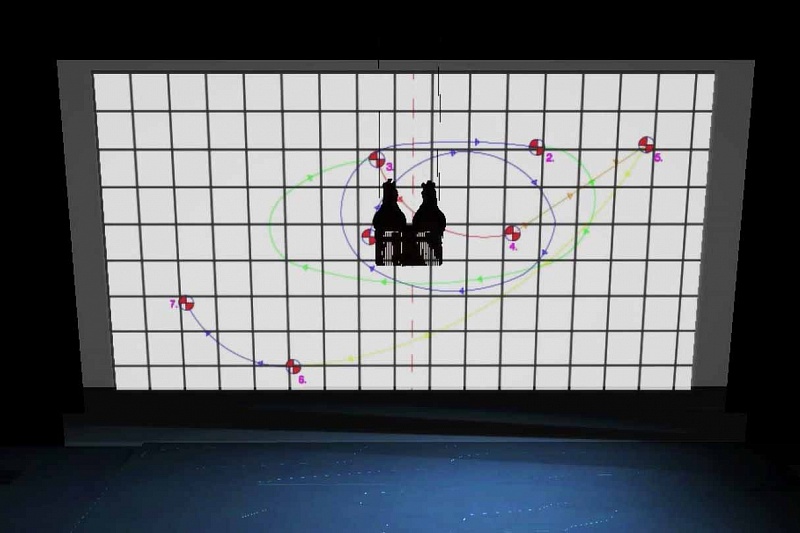
Thus, in the twenty-odd hours , we and a staging group were able to save dozens of hours of real-time staging.
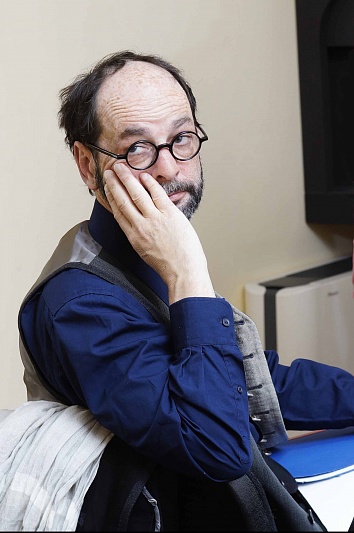
"The first experience was positive
Taking into account the nature of the play "The Damnation of Faust" the system allows to visualize various movements within individual scenes and the changes between scenes. It clearly shows each process component.
If the entire order is worked out, we have a preliminary plan for the organization of the process in reality and planning required for this was time-and-people consuming.
For such performances as "Faust", it is a good opportunity to advance to structure the process at all levels, because they are involved in this process through visualization and have the opportunity to get acquainted with the play in advance and not at the last rehearsals, as it usually happens.
Thank you for working together on the project, we had a new and great experience!"
Ferdinand Vogebauer
The next big challenge for the project was the performance of "Manon Lescaut," which premiered in October. This performance was very large in terms of scenery volume and the variety of scenic elements. Some decorations exceed six meters in height (for example, the famous doll) or occupied almost the entire space of the proscenium (stage design "City"). Of course, with such an abundance of scenery, it was important to calculate their movements in advance to find out if they fit the stage, there will not be interfered with each other.
Taking into account the large volume of work, we started immediately with the layout, without waiting for the drawings. We have real china doll and created its 3D-model, taking into account all the wishes of the technologist. Immediately it became clear that the doll legs are too big and stick out beyond the front of the stage, so we had to bend them and proportionally reduced. A model doll was dressed in strict accordance with the layout (including brooches, veil and etc.) and closely follows the real motion.
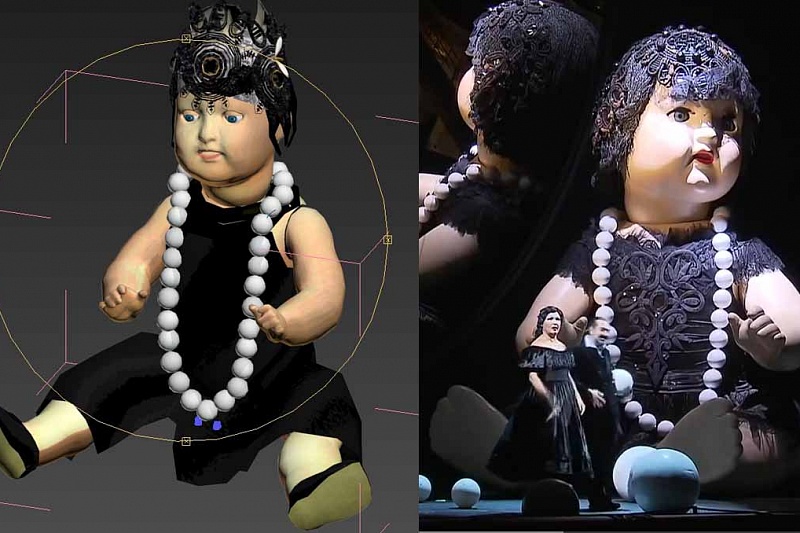
Decoration "City" consists of little houses set out on a sloping surface. To get their exact dimensions, we detached every house and scan each of them, after which the house was back into place. In the story of these houses should appear artists of the choir and it was important to check whether enough space for them and whether they can be seen ahead of time. Ready-made decorations installed inside the space of the 3D scene model served us an excellent tool for this test.
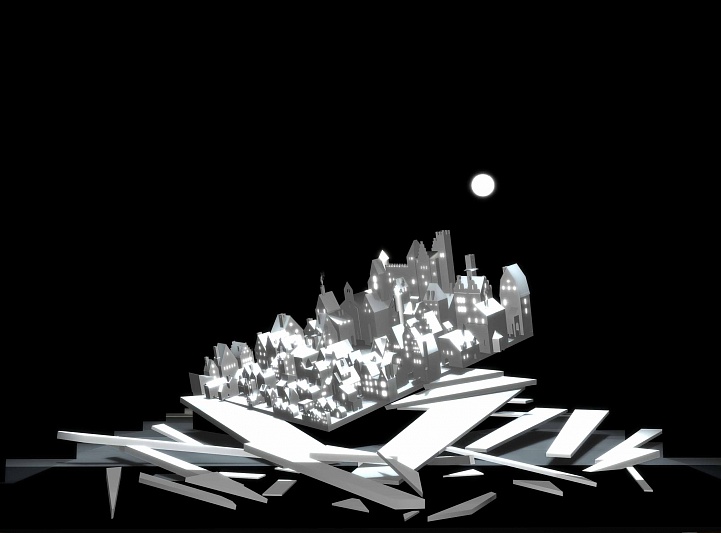
Many other components of the performance have been worked out with the visualization of video projection titles. In addition, "Manon Lescaut" had a huge variety of costumes involved. 70 different characters in appropriate costumes have been created by us in the form of 3D models. Spreading these models in the appropriate places, we got a visual guide for the artists, just showing the position of each actor during a particular action.
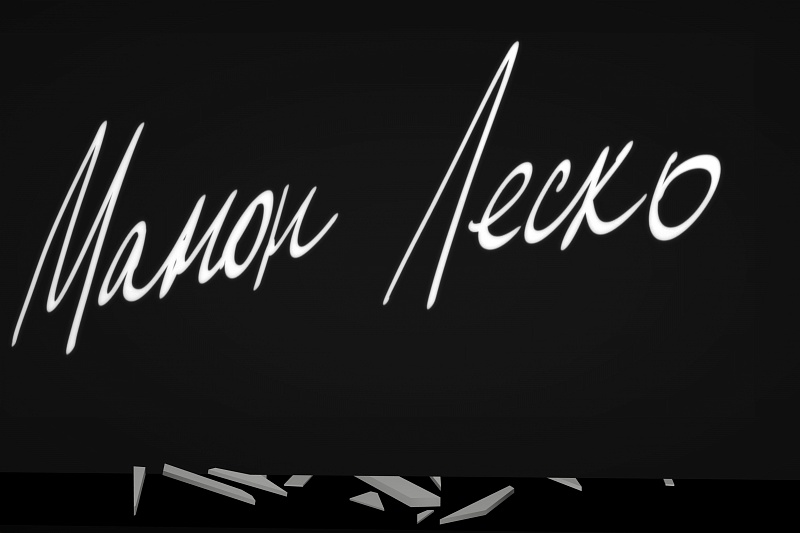
The result was highly acclaimed by the production group, represented by the director Adolf Shapiro and artist Maria Tregubova.
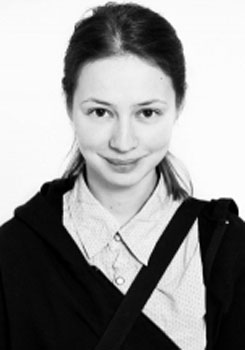
"While producing "Manon Lescaut" opera vizualization helped us a lot, esspecially when it was conducted with the help of 3-d equipment of the Bolshoi Theatre. It is a unique option that allows you to check difficult moments in advance to avoid potential errors. With the power of new technologies, we were able much detail as possible to prepare for rehearsals on the stage, literally "play" the music with changing scenery, lights, costumes, look at the scene from different angles, check the angles, and so on. In the limited rehearsal time on stage with the full scope of visual design, I think that this work brings a great benefit in addition, I am very grateful to Galina Zhurova and her staff for their willingness to help at any time and always friendly atmosphere.""
Maria Tregubova
Of course, visualization system may be useful in any theater and the process of of any performance creation, but especially it has a lot of good in creating technically complex plays with a lot of decorations, special effects and video projections.
This process must be understood fully realized, realized in advance in order to understand the difference between the work with paper layouts and APKV.
Before making technical specifications for the visualization of the project it must be clear that visualization tasks (in our theater, we initially anticipated creation of accurate 3D models of scenery drawings designers, technologists for scenery production, but then we realized that it is much more productive verify moving scenery on the stage). It means, you need to define the goals and purpose of visualization.
The next thing is to create an accurate 3D model of the scene with maximum detail scenes of all sizes and all equipment and mechanization of the stage.
You must also set the stage lighting of the complex participate in the visualization process (or the light will be written on a separate server, and then "reduced" with decorations on the main server, or the process will go hand in hand, on a pre-planned schedule).
It is necessary to make a selection of the departments participating in the visualization and assign responsibility for the transmission of information on the visualization group, as well as determine the timing of information transfer (at the beginning).
During the implementation process of the theatrical work with visualization can cause a lot of negative emotions from colleagues. It is very important to support leadership that understands that the new option is an established process will flow at once and not quite harmoniously. Indeed, people are used to do so, as they used to. Many times we checked and checked...wasting time and money, but got used to work that way.
Many designers might argue that the modeling and verification of conflicts in the usual 3Ds Max is much more productive, but it is not. The main difference of APKV from simple 3D objects modeling is the ability to run all of the virtual performance in real time. 3Ds Max can not be done. That focuses on the whole philosophy of the process visualization performance at the Bolshoi Theatre.
With work on the visualization of the performance, we can get one of the main theater for the technical part of the document which is holding performance. And we can get it already by the time the artists on the stage rehearsal, thereby significantly reducing valuable stage time.
APKV is unique because this tool can be used at any stage of the preparation and performance for a variety of purposes, ranging from the creation of a virtual performance layout and finishing timing staging reconciliation.
Performance visualization method is the future of high-tech theater by which performance is created on more advanced equipment and with the least material and human cost.
Galina Zhurova
Head of training performances and technical documentation
Bolshoi Theatre of Russia


